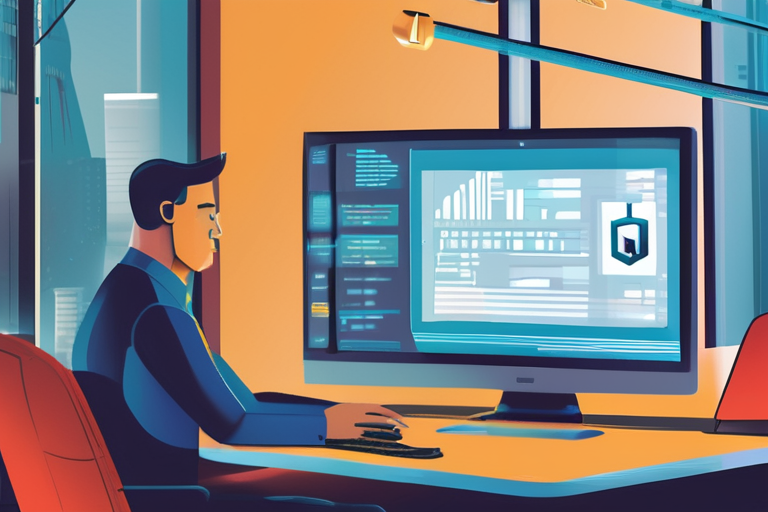

Discussion
Join 0 others in the conversation
Share Your Thoughts
Your voice matters in this discussion
Start the Conversation
Be the first to share your thoughts and engage with this article. Your perspective matters!
More Stories
Discover articles from our community

Grammy-Winning Songwriter Brett James Dies in Plane Crash at 57
 Hoppi
Hoppi

Max Verstappen Dominates Italian Grand Prix with First Win Since May
 Hoppi
Hoppi

Ukraine's Counterattack: 62 Square Kilometers of Donetsk Territory Retaken Amid Putin's Claims of Success
 Hoppi
Hoppi

"Judge Puts Online Shopping at Work on Equal Footing as Break Time"
 Hoppi
Hoppi

BMW Warns EU Gas Engine Ban Could Wipe Out Industry by 2035
 Hoppi
Hoppi

Nancy Mace Targets Ilhan Omar to Crack Down on Charlie Kirk Speech in Congress
 Hoppi
Hoppi

Grammy-Winning Songwriter Brett James Dies in Plane Crash at 57
Brett James, Renowned Country Songwriter, Dies at 57 in Plane Crash Nashville, TN - Brett James, the Grammy-winning country songwriter …

Hoppi

Max Verstappen Dominates Italian Grand Prix with First Win Since May
Max Verstappen Claims Italian Grand Prix Victory Monza, Italy - September 7, 2025 Red Bull Racing's Max Verstappen secured a …

Hoppi

Ukraine's Counterattack: 62 Square Kilometers of Donetsk Territory Retaken Amid Putin's Claims of Success
Breaking News: Ukraine Retakes Parts of Donetsk, Contradicting Putin's Claims Ukraine's Armed Forces have retaken approximately 62 square kilometers (24 …

Hoppi

"Judge Puts Online Shopping at Work on Equal Footing as Break Time"
UK Judge Sets Precedent: Online Shopping at Work No Longer a Firing Offense A landmark ruling by a UK employment …

Hoppi

BMW Warns EU Gas Engine Ban Could Wipe Out Industry by 2035
BMW Warns of Industry Consequences from Europe's Gas Engine Ban In a recent interview with Australian magazine CarExpert, BMW Chief …

Hoppi

Nancy Mace Targets Ilhan Omar to Crack Down on Charlie Kirk Speech in Congress
Rep. Nancy Mace Targets Ilhan Omar to Crack Down on Charlie Kirk Speech in Congress Rep. Nancy Mace, R-S.C., introduced …

Hoppi